Bayer roadshow in hearty Ho Chi Minh City welcome
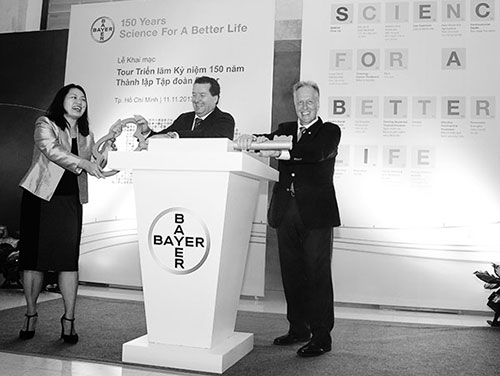
The anniversary tour which kicked off in Leverkusen last week, aims to give the group’s stakeholders around the world an opportunity to experience the group’s healthcare, agriculture and high-quality materials and displays the concrete contribution that Bayer has made.
“Bayer Vietnam is proud to receive this amazing exhibition in Ho Chi Minh City, which combines hands-on and informative elements to present Bayer’s mission: Science for a better life,” said David J. Champion, general director of Bayer Vietnam.
Many Vietnamese people are only indirectly familiar with the services and products provided by Bayer, and Champion said the exhibits on show were taken from real life, tangible examples and intended to make clear how Bayer, through research and innovative products, had helped improve the lives of millions of people around the world.
The travelling exhibition includes some 30 stops, including London, Berlin, Mexico City, Sao Paulo, Sydney and Shanghai. Ho Chi Minh City was selected, hosting the event over November 10-13 at White Palace Convention Centre.
The four-day exhibition welcomed over 2,000 visitors. Besides experiencing the interactive exhibition, Bayer also designed activities for different stakeholders, such as a press opening tour, gala dinner, family day, student discovery day and science or a better life symposium.
Bayer was founded in 1863. The group has contributed greatly in improving human and animal life.
It all started with a friendship between two men, plenty of innovative spirit and two kitchen stoves. On these, businessman Friedrich Bayer and dyer Johann Friedrich Weskott conducted experiments and eventually discovered how to make the dye fuchsine. On August 1, 1863, they founded the Friedr. Bayer et. Comp. company in Wuppertal-Barmen, a 19th century startup with tremendous potential.
Bayer initially produced synthetic dyestuffs but the range of products grew significantly over the years. The pace of change picked up significantly following Bayer’s 125th anniversary in 1988. The company shifted its focus more towards its core activities, resulting in the sale of subsidiary Agfa in 1999. In 2005, Bayer then spun off significant parts of its traditional chemicals business under the name Lanxess. At the same time, the healthcare and agriculture businesses - referred to as the life sciences - were systematically expanded, especially with the acquisitions of Aventis CropScience in 2001 and Schering AG in 2006.
Thanks to its innovative strength and our ability to adapt constantly to market changes, Bayer now holds leadership positions in all its business areas. In Vietnam, Bayer currently owns and runs two veterinary medicine and pesticide manufacturing factories in the south of Vietnam.
“A prominent feature of Bayer’s 150-year success story is also the fact that both the company and its employees embodied social responsibility from the very beginning. The commitment to important social issues and social relationships in the community makes up a good part of Bayer’s corporate culture,” the group said in a statement.
At the official anniversary tour opening ceremony on November 11, Bayer Vietnam announced the donation equivalent to VND430 million from the Bayer Cares Foundation to support three social projects owned by Bayer Vietnam employees.
“As part of our anniversary celebrations, we therefore specifically wanted to showcase the voluntary work performed by our colleagues to the local community,” said Champion.
What the stars mean:
★ Poor ★ ★ Promising ★★★ Good ★★★★ Very good ★★★★★ Exceptional
Latest News
More News
- Maintaining sustainability and creating value with DKSH (November 14, 2024 | 09:55)
- A roadmap to prepare for greener products (November 14, 2024 | 08:00)
- Panasonic turns commitment into action (November 14, 2024 | 07:00)
- 30 years of Bayer Vietnam: health for all and hunger for none (November 13, 2024 | 16:10)
- Takeda honoured for contributions to Vietnam's sustainable development (November 13, 2024 | 15:18)
- Vietnam SuperPort: Exploring new terrain in green logistics (November 13, 2024 | 14:42)
- The first eco-IP emerges at Ho Chi Minh City’s western gateway (November 13, 2024 | 14:32)
- VinFast EV sales hit over 51,000 in Vietnam (November 12, 2024 | 23:05)
- Business complexities must be eased (November 12, 2024 | 16:31)
- Vietnamese consumers careful amid economic volatility (November 11, 2024 | 13:55)


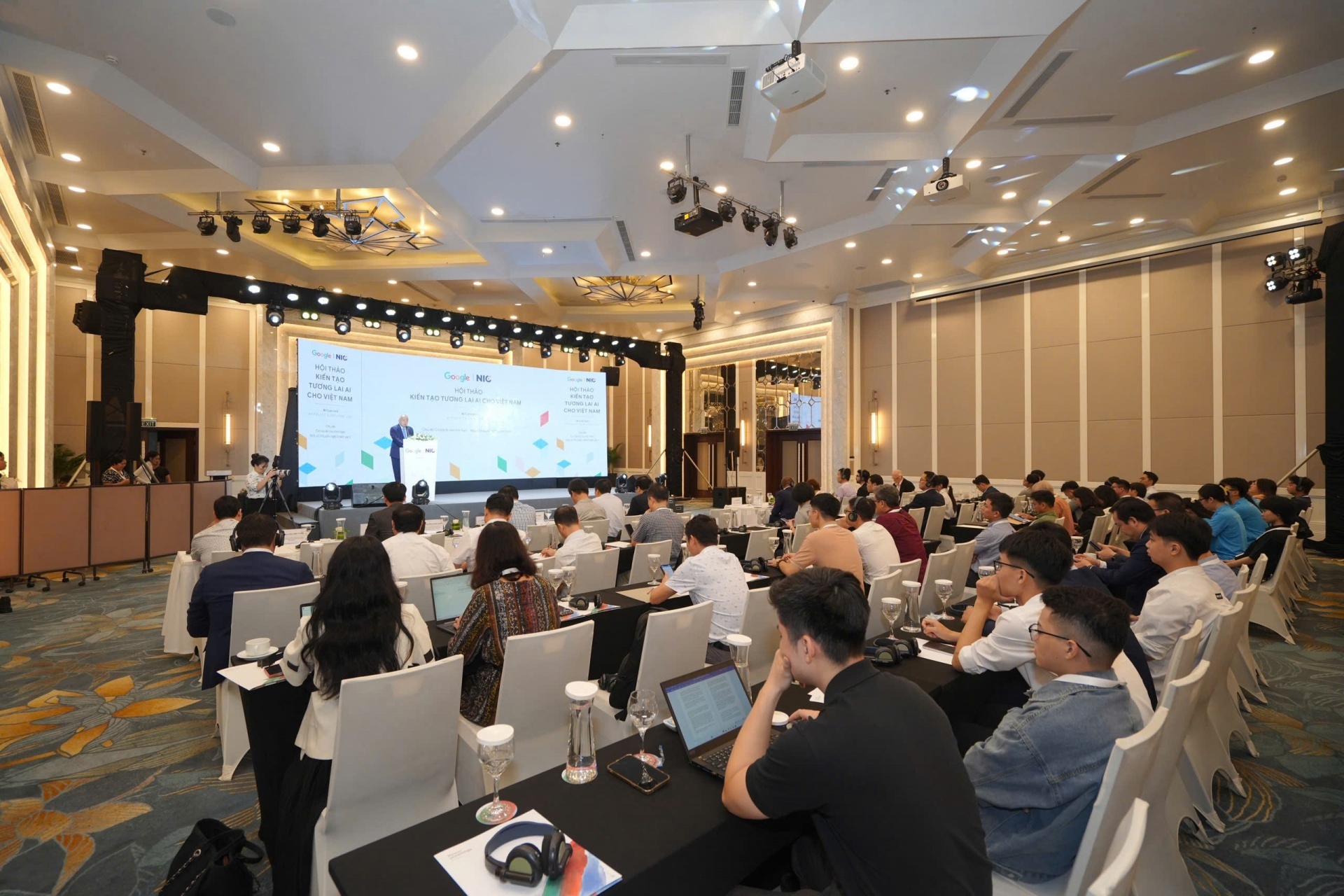
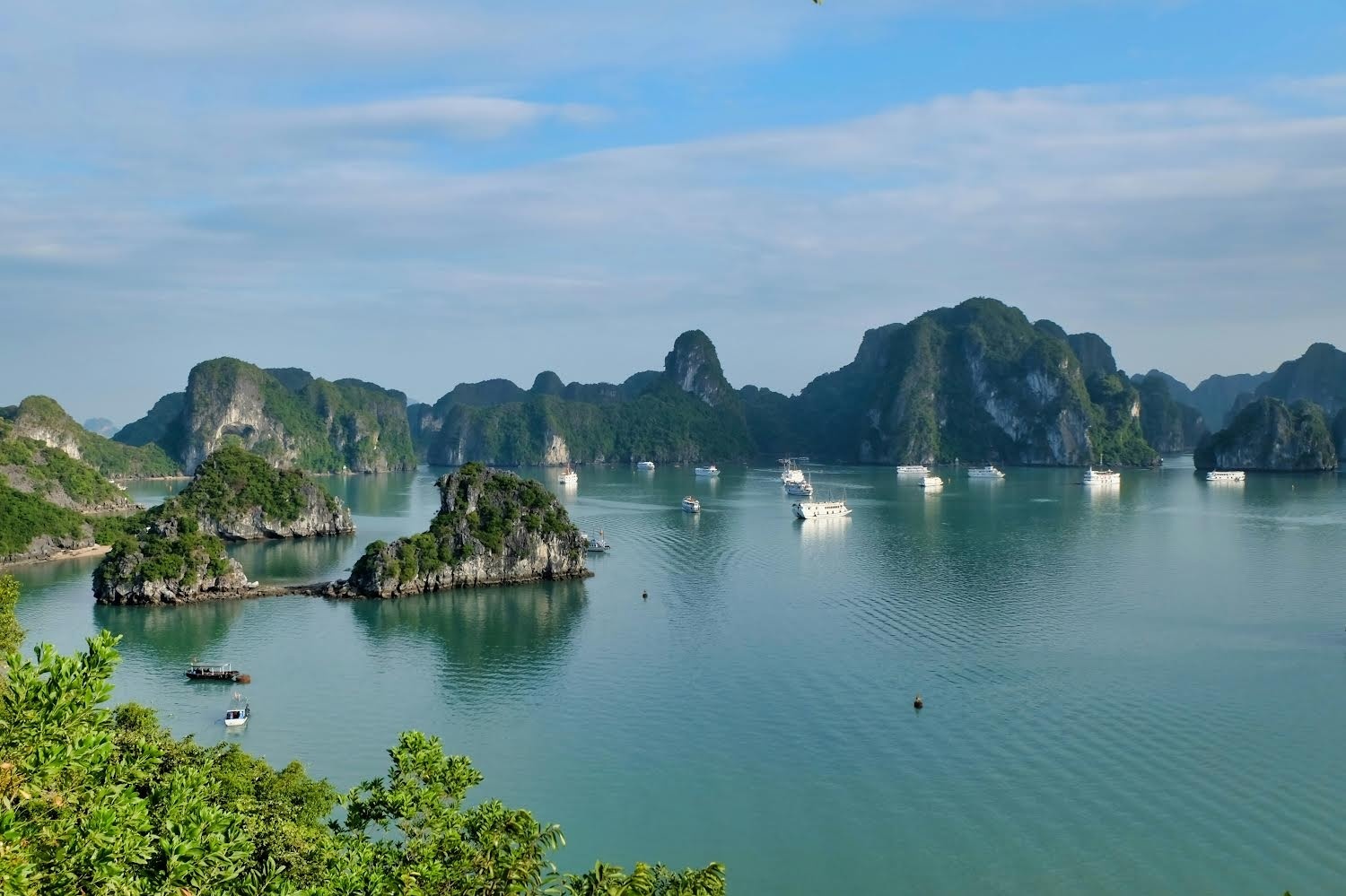
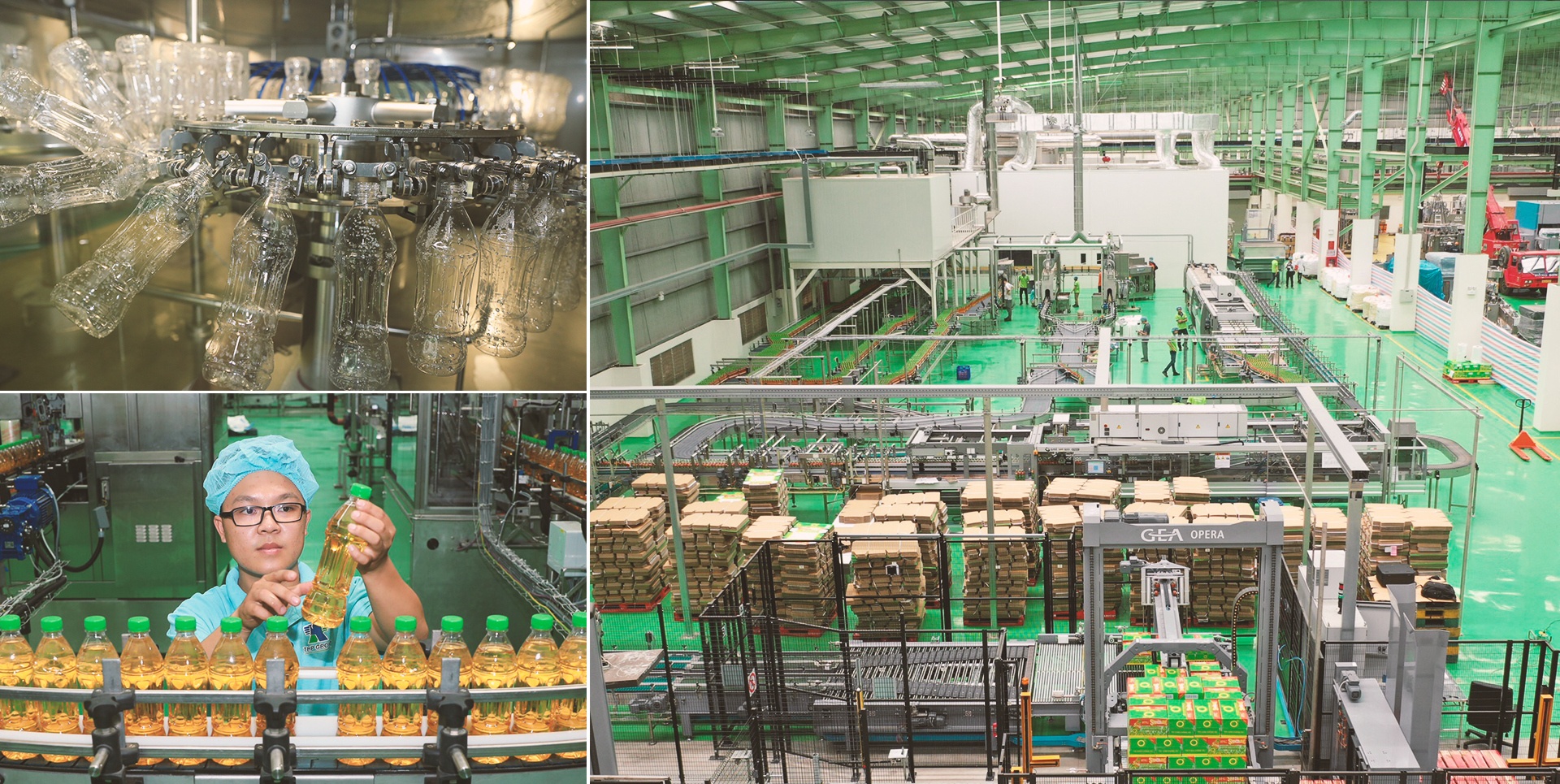
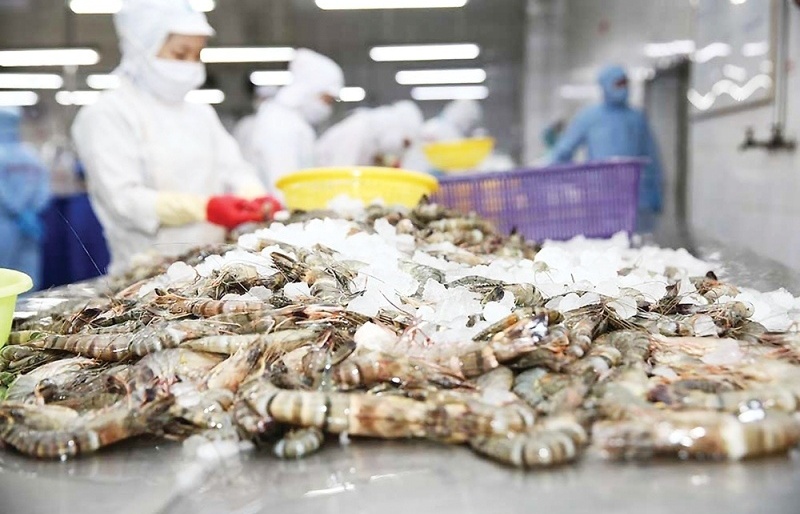


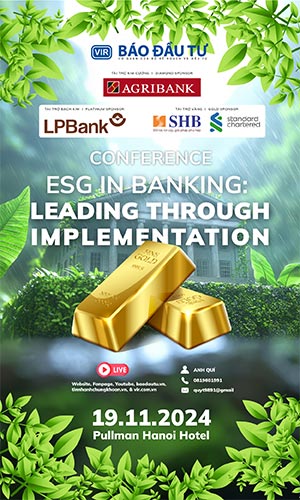






 Mobile Version
Mobile Version